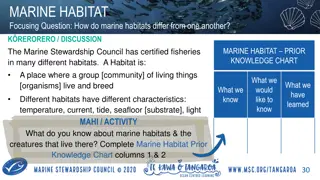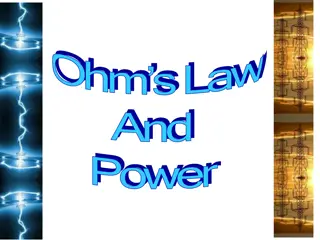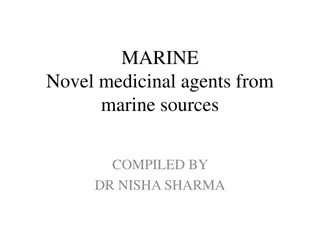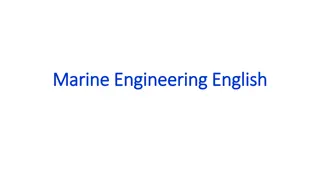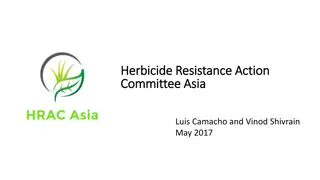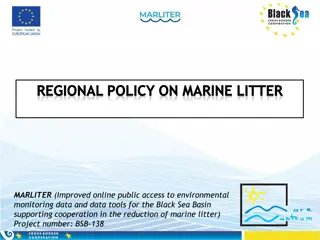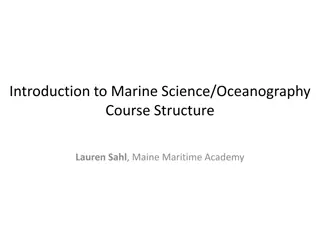Understanding Power Consumption and Resistance in Marine Engineering
Learn about hull resistance, factors affecting resistances and power consumption, propulsion chain efficiency, and power consumption of auxiliary equipment and hotel load in marine engineering. Explore different types of resistance such as frictional, residual, eddy, wave, and air resistance, along with their sources and impact on vessel performance.
Uploaded on Sep 22, 2024 | 0 Views
Download Presentation

Please find below an Image/Link to download the presentation.
The content on the website is provided AS IS for your information and personal use only. It may not be sold, licensed, or shared on other websites without obtaining consent from the author. Download presentation by click this link. If you encounter any issues during the download, it is possible that the publisher has removed the file from their server.
E N D
Presentation Transcript
Power Consumption Resistance and Load Prof. J. B. Jensen Source: MAN Energy solutions Marine Engines and Systems, Basic Principles of Propulsion SKILLSEA.EU
Learning outcome By the end of this session, you should be able to: Explain hull resistance Know what affects resistances and power consumption Explain the propulsion chain efficiency and how it can be improved Discuss the power consumption of auxiliary equipment and hotel load. The above criteria must be fulfilled along with criteria in Power consumption and Energy efficiency awareness lessons to: Operate vessels commercially and energy efficiently, in accordance with environmental regulations.
Content Hull resistance Propulsion chain efficiency Auxiliary and hotel load 3
Total Resistance RT Frictional Resistance (RF) Residual Resistance (RR) Eddy Resistance (RE) Wave Resistance (RW) Air Resistance (RA) Source: MAN Energy solutions Marine Engines and Systems, Basic Principles of Propulsion 4
Frictional Resistance (RF) Depends on the wetted surface Depends on surface conditions (paint, marine growth etc.) For slow moving vessels (Tankers, Bulk Carriers, etc.) frictional resistance can be 70%-90% of the total. For faster moving vessels it can be as little as 50% of the total 5
Residual Resistance (RR) Residual resistance is resistance caused by the creation of eddies and waves. Eddies can be reduced by the hull shape, especially at the stern. Waves can be reduced by bulbous bow. Source: https://en.wikipedia.org/wiki/Bulbous_bow Source: https://www.britannica.com/science/turbulent-flow 6
Air Resistance (RA) Air resistance is usually only around 2% but can be as high as 10% for ships with a large wind area. Source: https://www.mirror.co.uk/lifestyle/travel/venice-cruise-st-marks-square-2705417 Source: https://www.rivieramm.com/news-content-hub/news-content-hub/msc-guumllsuumln-a-lsquotextbookrsquo-example-of-cargo-handling-system-collaboration-56349 7
Hull Resistance The ship s resistance is roughly square to the ships speed (1) For higher speeds the curve may be steeper (2) For planing craft, twin hull or other misc. hull shapes the curve be more complex (3) 8
Propulsion chain efficiency Source: Design of propulsion and electric power generation systems fig 3.8 ch. 3 9
Summary for propulsion Lower these Improve these 10
Auxiliary and Hotel loads Source: Kongsberg MC90 simulator 11
Reduce load Effective pumps/electric motors Frequency converters Crew behavior and attitude http://waterpumpstech.com/1-2-4-centrifugal-pump/189617/ Source: http://www.iesco.ge/eng/products/?category_id=61 12
Thank you 15




